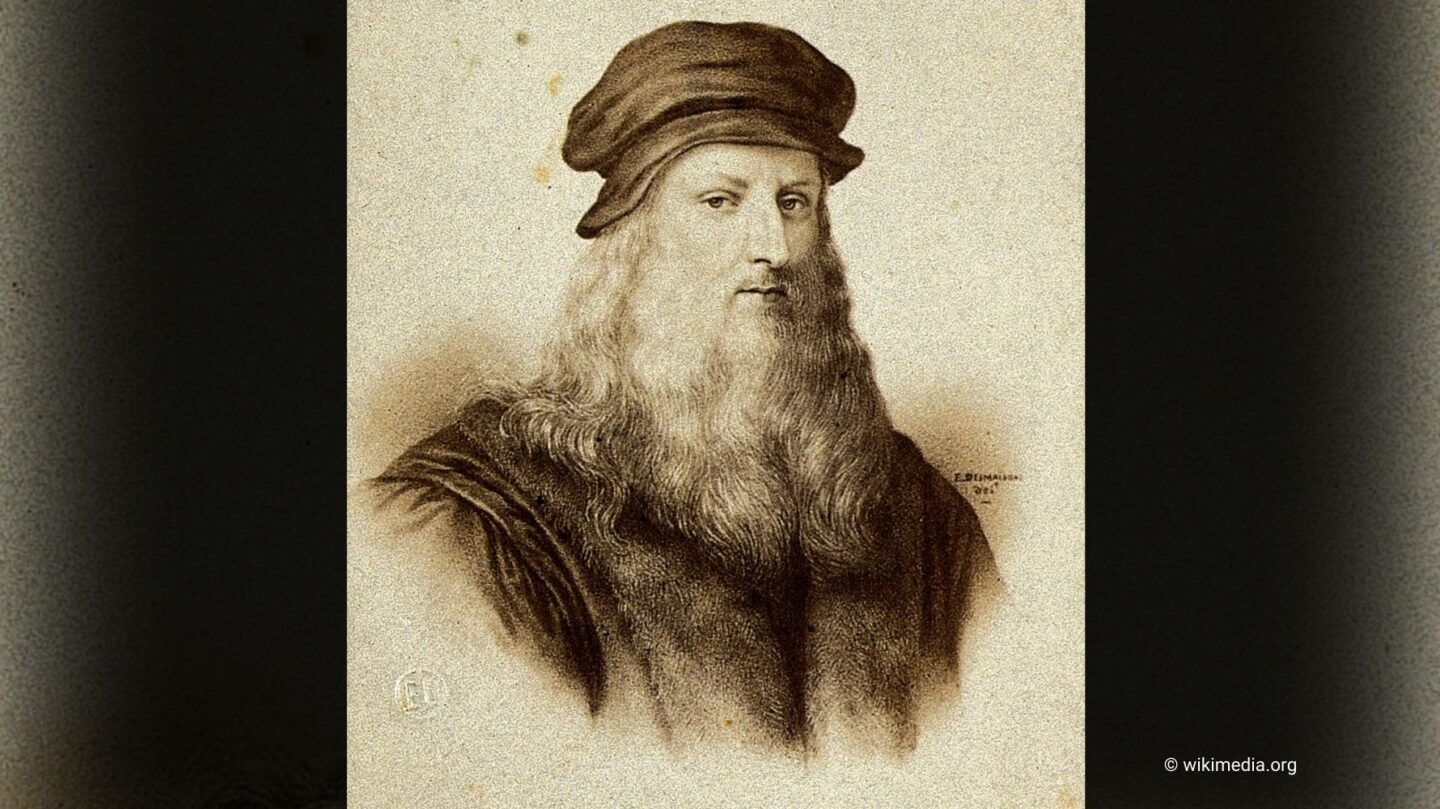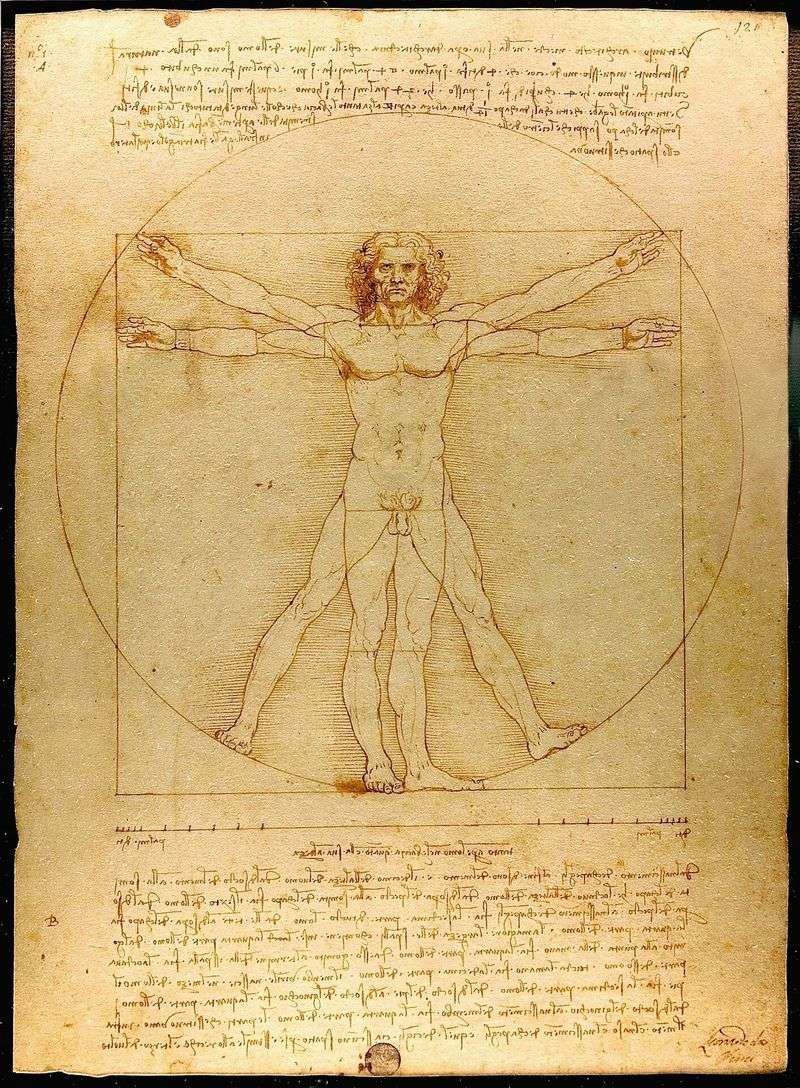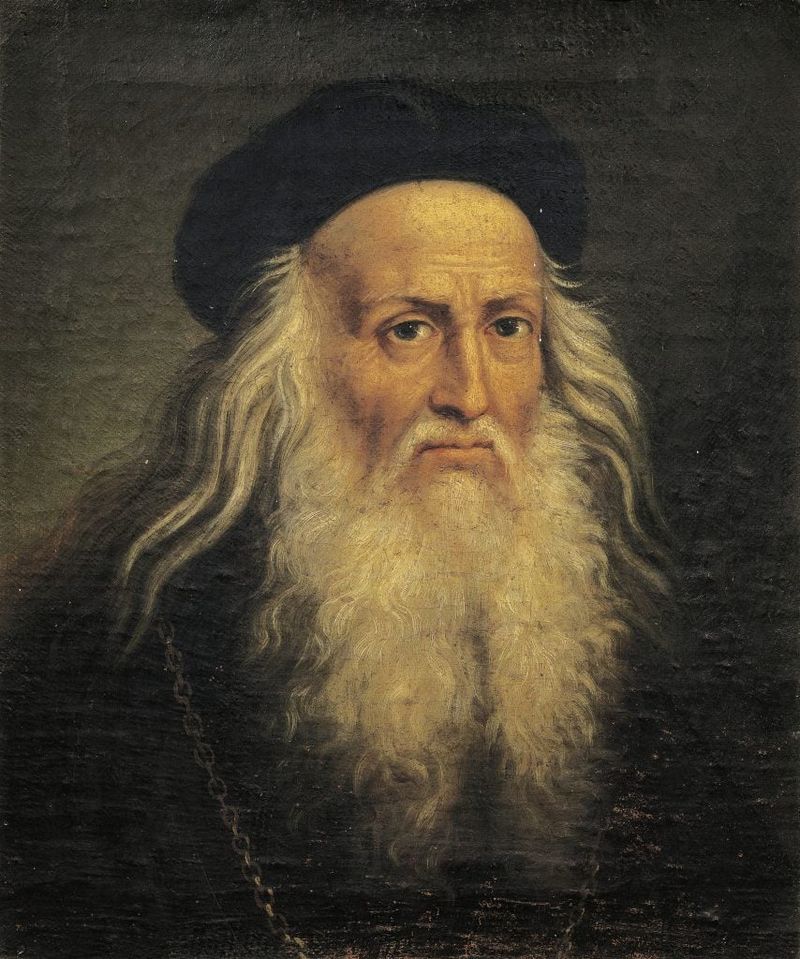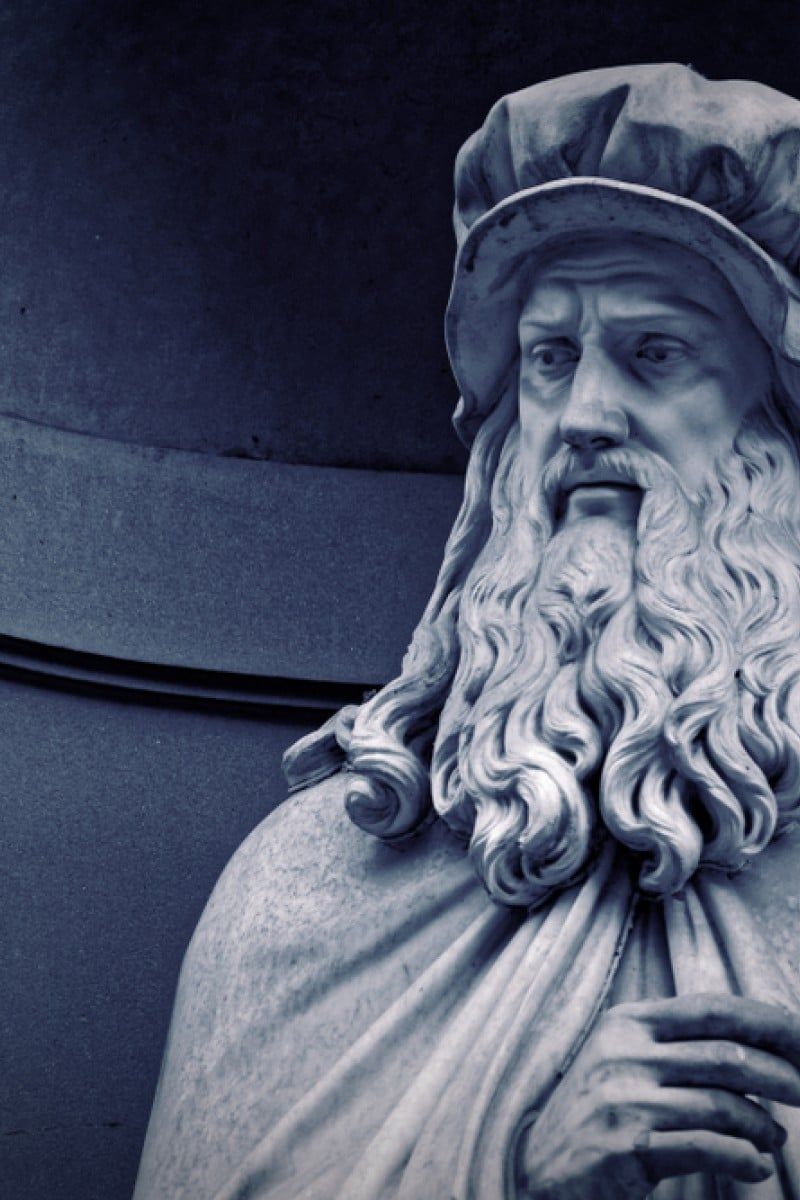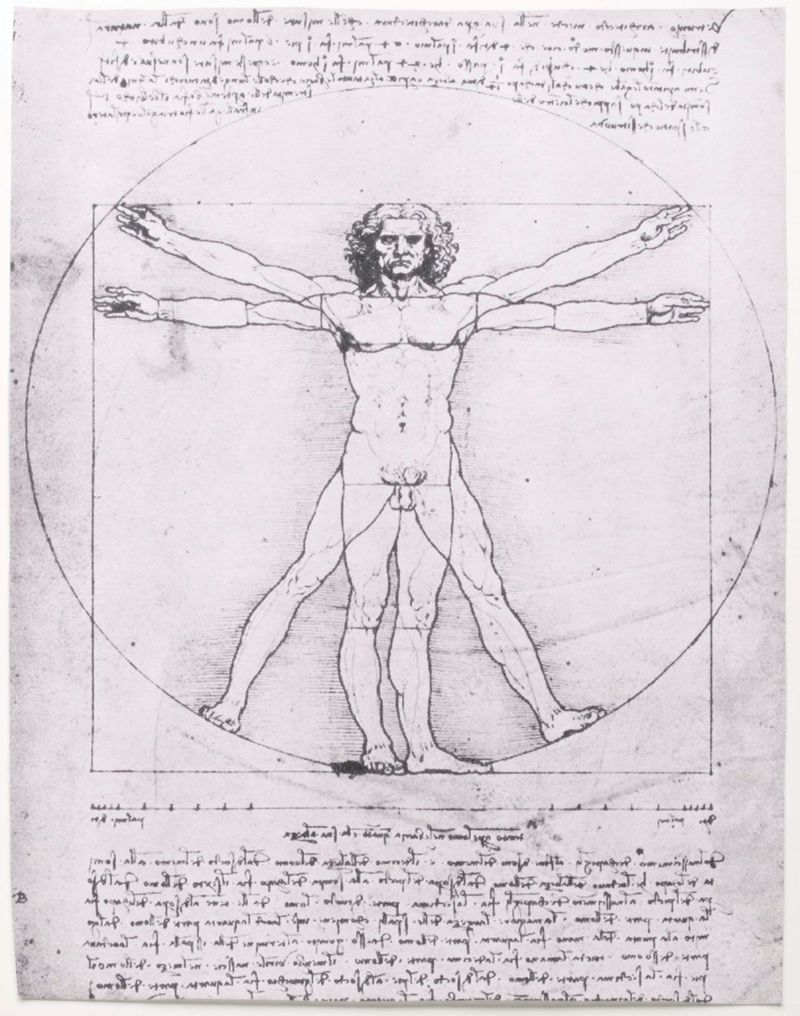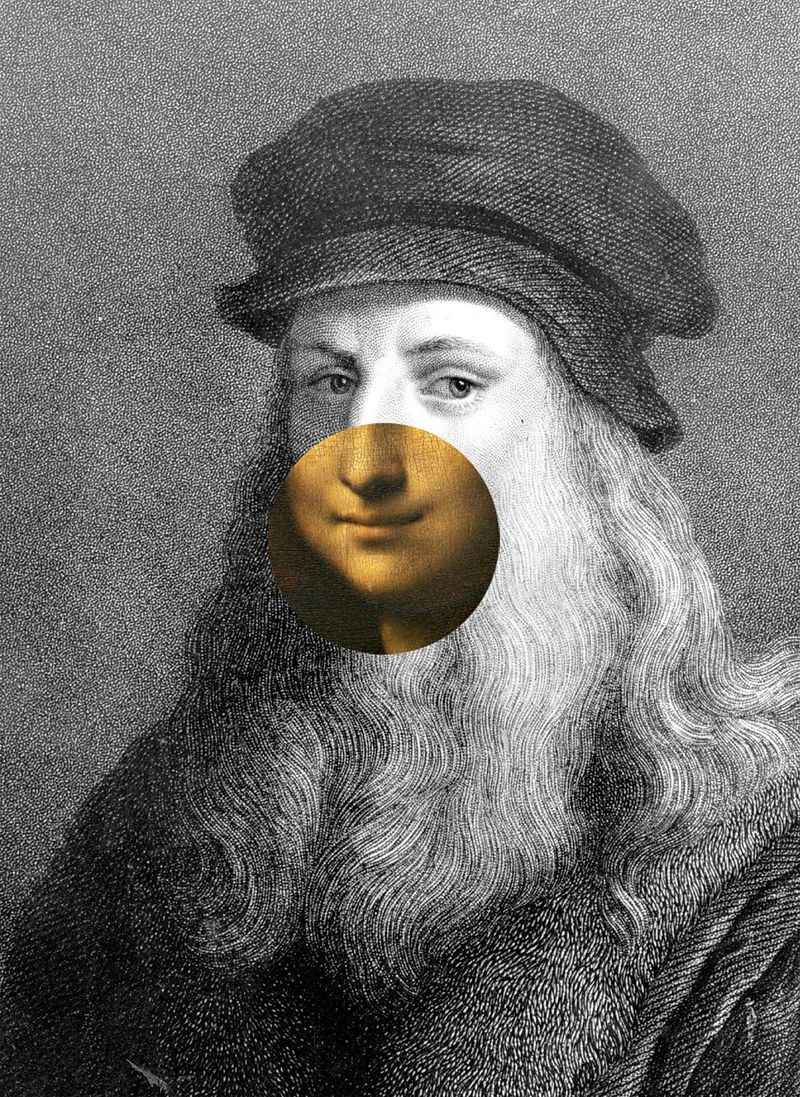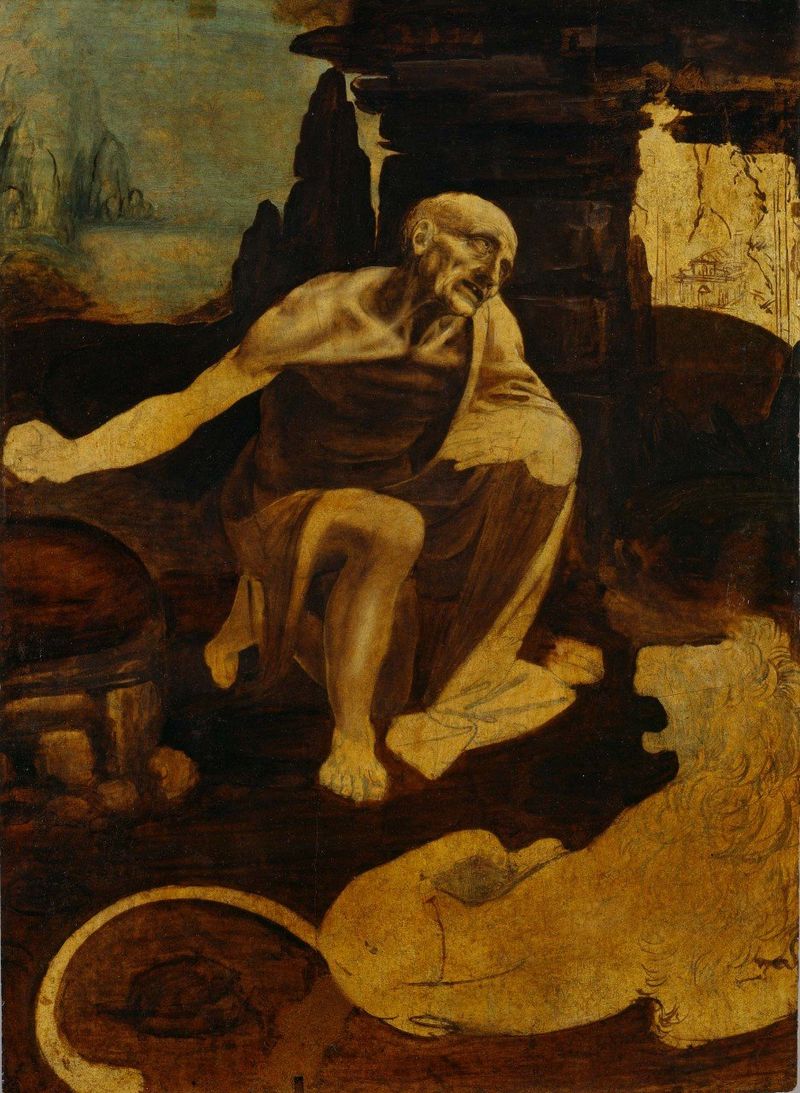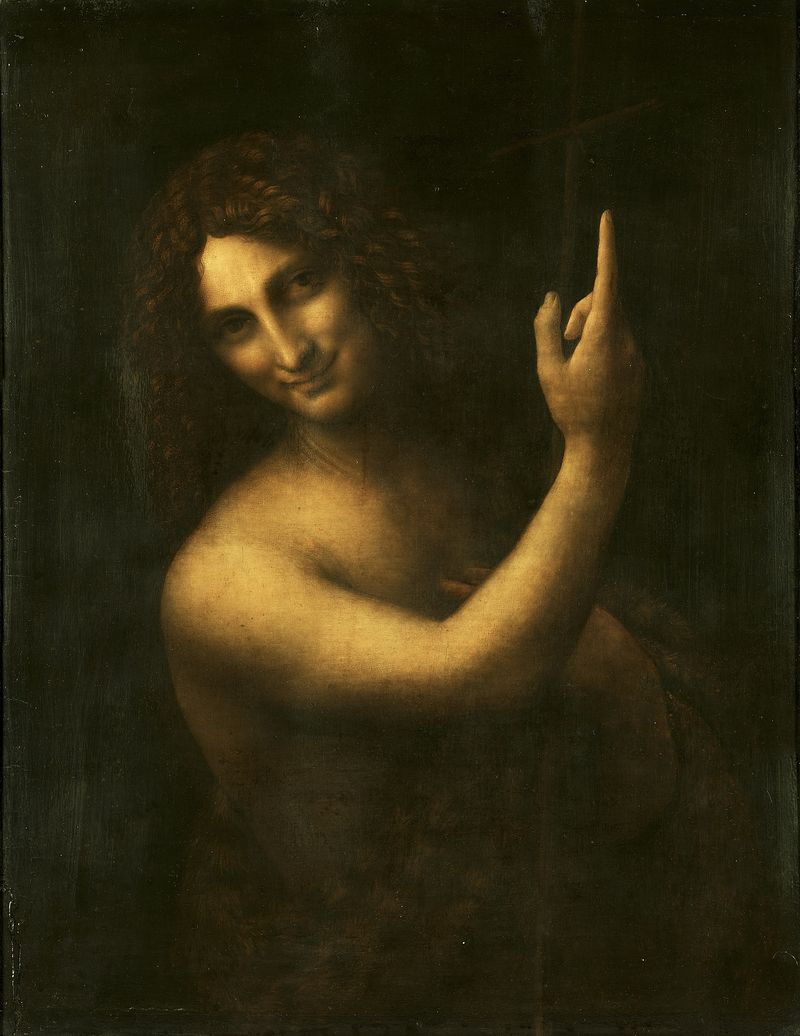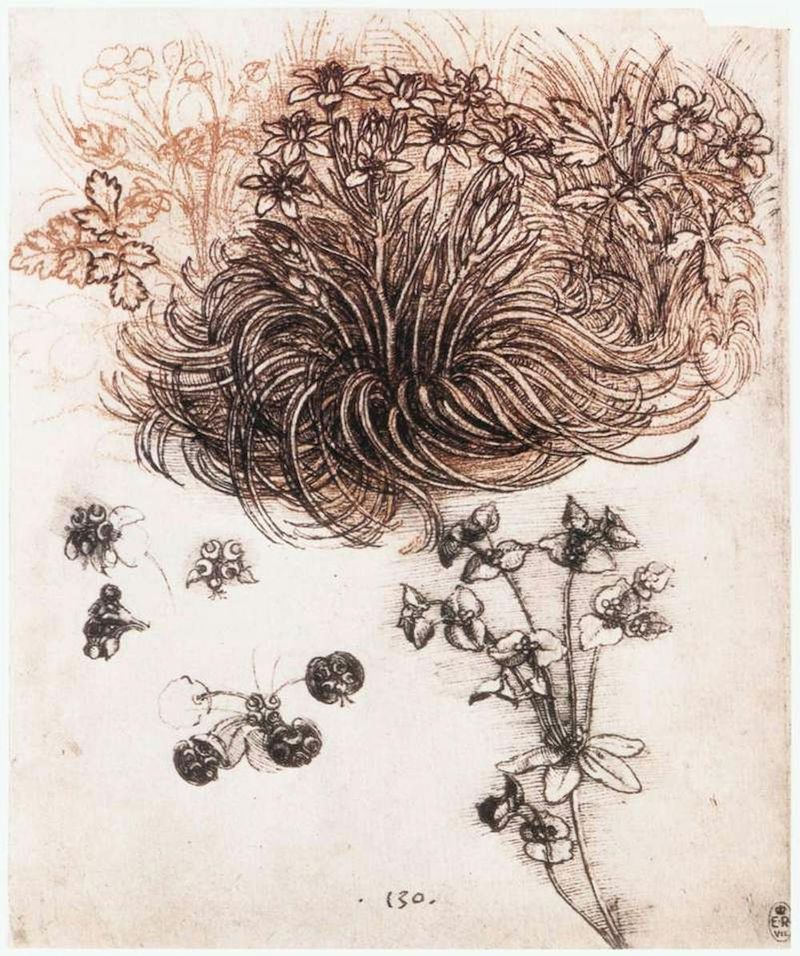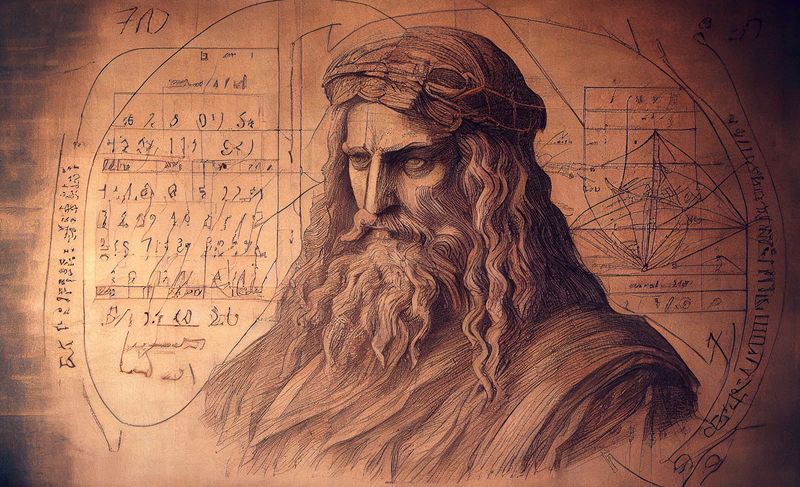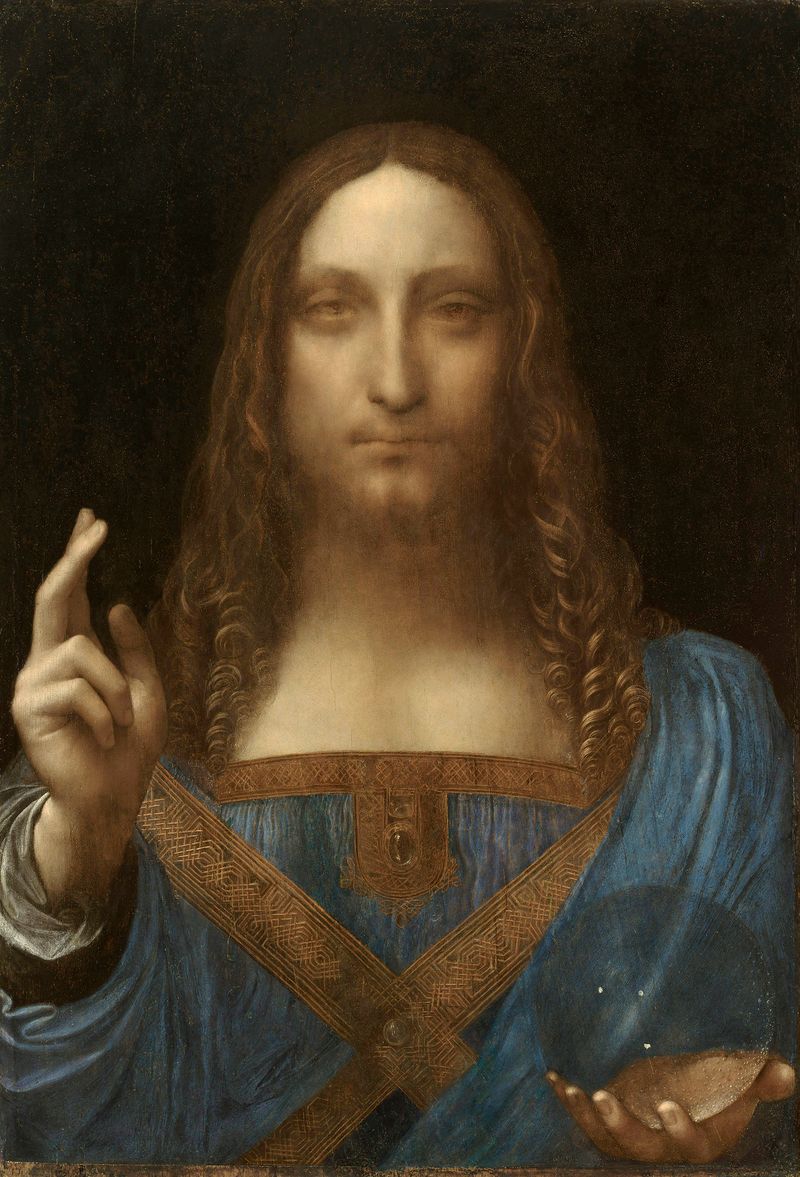Leonardo da Vinci is often celebrated as the quintessential Renaissance man, known for his contributions to art, science, and invention. Yet, beneath his well-documented achievements lies a trove of lesser-known facts that reveal the depth and complexity of his genius. This exploration into ten hidden aspects of Leonardo’s life offers a glimpse into the mind of a man who was far ahead of his time. From his peculiar habits to his groundbreaking discoveries, these facts promise to surprise and inspire you.
Leonardo’s Ambidexterity
Leonardo da Vinci was not only left-handed, but he was also ambidextrous. This means he could write, draw, and paint with both hands. His ambidexterity allowed him to perform two tasks at once, a skill that was particularly useful in his detailed sketches and writings. Leonardo often wrote his notes in mirror script, a reversed writing style that could be easily read with a mirror. This unique ability has led some historians to speculate that he used this technique to keep his notes private. The mirror writing and dual-hand coordination hint at his complex brain wiring.
Vegetarian Lifestyle
Leonardo da Vinci was a vegetarian at a time when meat consumption was common. His respect for life extended beyond humans, and he believed in the kindness and compassion towards animals. Leonardo’s writings hint at his disdain for slaughterhouses and his preference for a plant-based diet. He often purchased caged birds just to set them free, showcasing his empathy. His vegetarian lifestyle was not merely a dietary preference but a reflection of his broader ethical beliefs. Leonardo’s approach to food was a testament to his forward-thinking and humane principles, aligning with his vision of a harmonious world.
The Prolific Inventor
Leonardo was an inventor whose ideas were centuries ahead of his time. Although many of his inventions, like the helicopter and diving suit, were never built during his lifetime, his detailed sketches laid the groundwork for future innovations. His notebooks contain designs for a variety of machines, from musical instruments to hydraulic pumps. Leonardo’s creativity was boundless, and his inventions often blended artistic beauty with mechanical ingenuity. Even though some of his concepts were impractical in his era, they showcased his visionary thinking and profound understanding of mechanics. His inventions continue to inspire modern engineers and artists.
Anatomical Studies
Leonardo da Vinci conducted detailed studies of the human body, making him a pioneer in anatomical science. His dissections of human corpses provided insights into bone structure, muscles, and organs. He meticulously documented his findings through precise drawings, some of which are still used as references today. Leonardo’s anatomical studies were not just scientific; they were artistic masterpieces that combined his artistic talent with his scientific curiosity. His work in anatomy extended beyond humans to include studies of animals. These studies reflected his relentless quest for knowledge and his belief in understanding nature through direct observation.
Hidden Musician Skills
Leonardo da Vinci was not only a master artist and scientist, but he was also an accomplished musician. He played the lyre and was known for his improvisational skills. Music was an important aspect of his life, and he often used it as a means of expression. Leonardo’s notebooks reveal his interest in the dynamics of sound, and he even designed musical instruments. His love for music and his innovative spirit led him to experiment with acoustics. Music provided Leonardo with another avenue to explore his creativity, reflecting the harmonious and inventive nature of his multifaceted genius.
Unfinished Works
Despite his reputation, Leonardo frequently left works unfinished. His endless pursuit of perfection often led him to abandon projects, much to the frustration of his patrons. This tendency is evident in some of his most famous works, such as “The Last Supper,” which began to deteriorate shortly after completion. His meticulous approach, coupled with his curiosity, meant he was often distracted by new ideas before completing old ones. This trait underscores the complexity of his creative process, illustrating a man driven by inspiration rather than deadlines. Leonardo’s unfinished works remain testament to his perpetual quest for artistic and intellectual fulfillment.
Cryptic Notes and Codes
Leonardo da Vinci’s notebooks are filled with cryptic notes and codes. He often used mirror writing and unique symbols to document his ideas, leading to speculation about his secretive nature. These codes were not just personal; they were a reflection of his inventive mind. His use of cryptography intrigued historians and inspired many conspiracy theories. Leonardo’s cryptic notes allowed him to explore thoughts freely, without the fear of censorship or misunderstanding. This practice highlights his desire for privacy and control over his intellectual property. The enigmatic nature of his writings continues to captivate scholars and enthusiasts alike.
Environmental Observations
Leonardo da Vinci had a profound appreciation for the environment. His observations of landscapes, weather patterns, and water movements were ahead of his time. He meticulously documented these observations, recognizing the interconnectedness of nature. Leonardo’s environmental awareness extended to his art, where he often incorporated natural elements into his compositions. His keen eye for detail and curiosity about the natural world were reflected in his sketches and notes. Leonardo’s work emphasized the beauty and complexity of the environment, inspiring a holistic understanding of the world. His legacy as an environmental observer continues to influence artists and scientists.
Multilingual Abilities
Leonardo da Vinci possessed multilingual abilities, speaking several languages fluently. This skill enhanced his ability to communicate with diverse cultures and access a vast array of knowledge. His language skills included Latin, Greek, and possibly Arabic, reflecting his thirst for learning. Leonardo’s multilingualism was a crucial asset in his scientific and artistic endeavors, allowing him to study texts and collaborate with scholars across Europe. This ability to bridge linguistic gaps exemplifies his intellectual versatility and open-mindedness. Leonardo’s linguistic talents not only facilitated his work but also enriched his understanding of the world and its diverse cultures.
Impact on Modern Science
Leonardo da Vinci’s impact on modern science is undeniable. His innovative ideas and meticulous observations laid the groundwork for numerous scientific fields. Leonardo’s studies in anatomy, physics, and engineering have influenced countless generations of scientists and inventors. His ability to blend art and science created a unique perspective that continues to inspire multidisciplinary approaches today. Modern technology, such as robotics and aerodynamics, can trace its roots back to Leonardo’s visionary concepts. His legacy as a pioneer of scientific inquiry is a testament to his enduring influence. Leonardo’s genius transcends time, bridging the gap between the Renaissance and the modern world.
